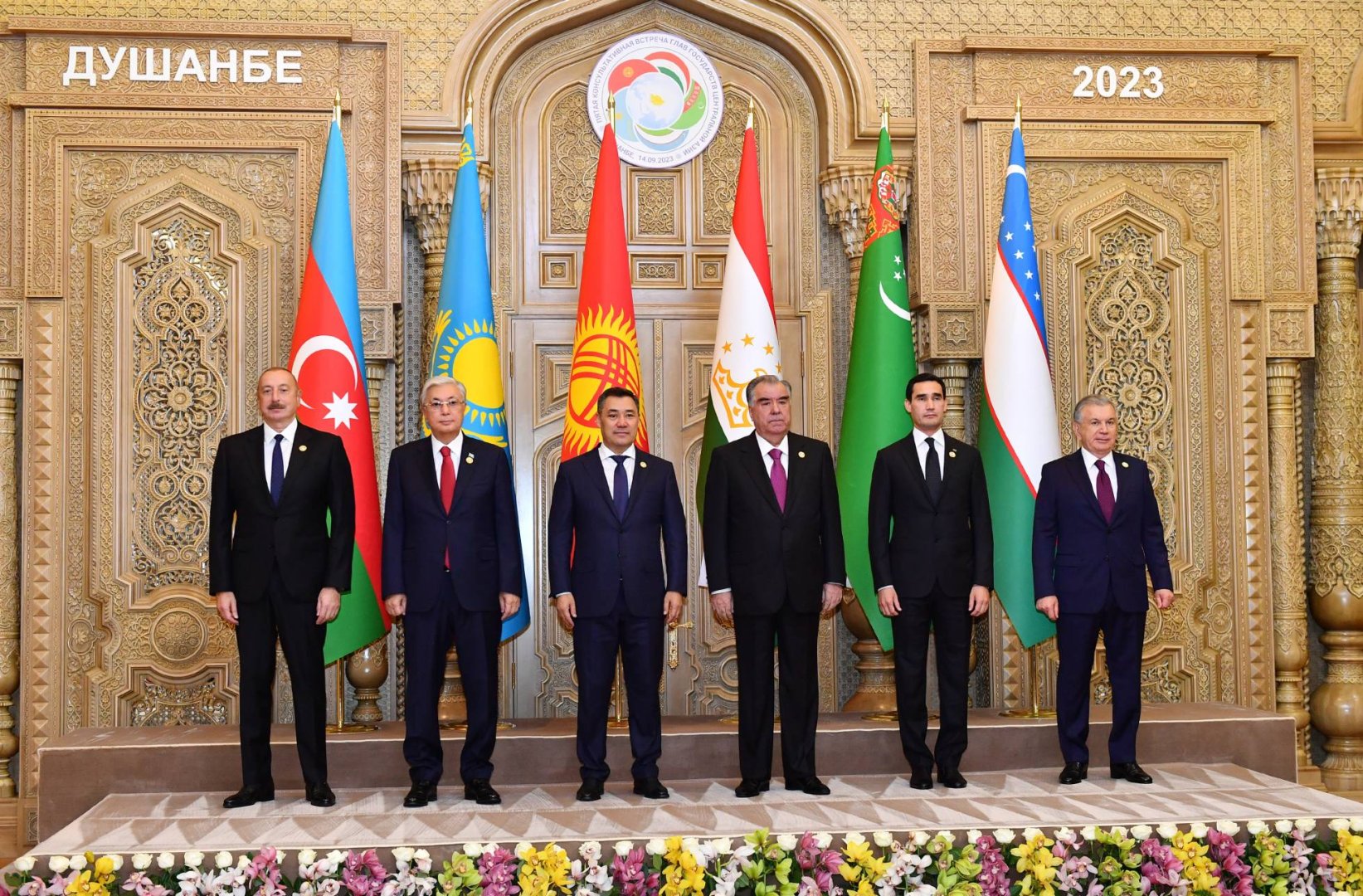BAKU, Azerbaijan, November 5. On November 6, Washington will host the Central Asia-U.S. summit. On paper, it is about partnership and security. In reality, this is a new chapter in Eurasian geopolitics - one in which Azerbaijan has become the crucial link, without which the very idea of integrating Central Asia with the outside world would lose its meaning.
Just ten years ago, the C5+1 format was mostly a consultative platform, where Washington discussed Afghanistan with Kazakhstan, Uzbekistan, and their neighbors. Today, the situation is entirely different. Central Asia has become a strategic hub, and the key to it lies in Baku. Azerbaijan has turned the region’s geographic isolation into an economic advantage, connecting it with Europe, the Middle East, and global markets.
President Ilham Aliyev has converted military victories into unprecedented economic opportunities for the wider South Caucasus and Central Asia. Consider this: Azerbaijan and Armenia went to war, Azerbaijan emerged victorious, and immediately extended a hand to its defeated neighbor. Azerbaijan initiated and drove forward peace negotiations, proposed transit and economic projects, and demonstrated just how mutually beneficial they could be. Thanks to President Ilham Aliyev's strategy, Azerbaijan has become a transport, energy, and political bridge between East and West - a bridge that has now become indispensable, from Brussels to Washington.
The Trans-Caspian International Transport Route, once a technical term, has become a symbol of a new era. Cargo from China and Kazakhstan flows through Baku and its ports to Europe; trains along the Baku-Tbilisi-Kars railway are replacing the old northern routes. Azerbaijan has invested billions in ports, logistics hubs, and digital platforms. But above all, it has invested trust. The world knows: if something goes through Azerbaijan, it will get there.
When Central Asian leaders meet in Washington to discuss investments, energy, and critical minerals, one simple truth remains behind the scenes: none of these projects can work without Azerbaijan. Without Baku, there is no transit; without the Caspian, no route; without President Ilham Aliyev's political will, no stability.
President Ilham Aliyev has made his country a player on the global stage. Through his leadership, Azerbaijan is no longer just a transit corridor - it’s where a new logic of international relations is taking shape, bringing together the interests of Europe, Asia, and the U.S.
For Washington, this is a window into a region where it can engage without direct confrontation with other powers. For Central Asia, it’s a chance to escape the 'continental dead end'. And all of this has been made possible by the opportunities created by Azerbaijan.
As agreements are prepared and investment plans discussed in Washington, one word keeps coming up behind the scenes: "Azerbaijan" - the country that has reshaped the Eurasian landscape. Perhaps that is why the second C5+1 summit will be more than just another initiative; it’s a natural continuation of President Ilham Aliyev's pragmatic policy - a policy that moves from stability to development, from regional focus to global relevance.







